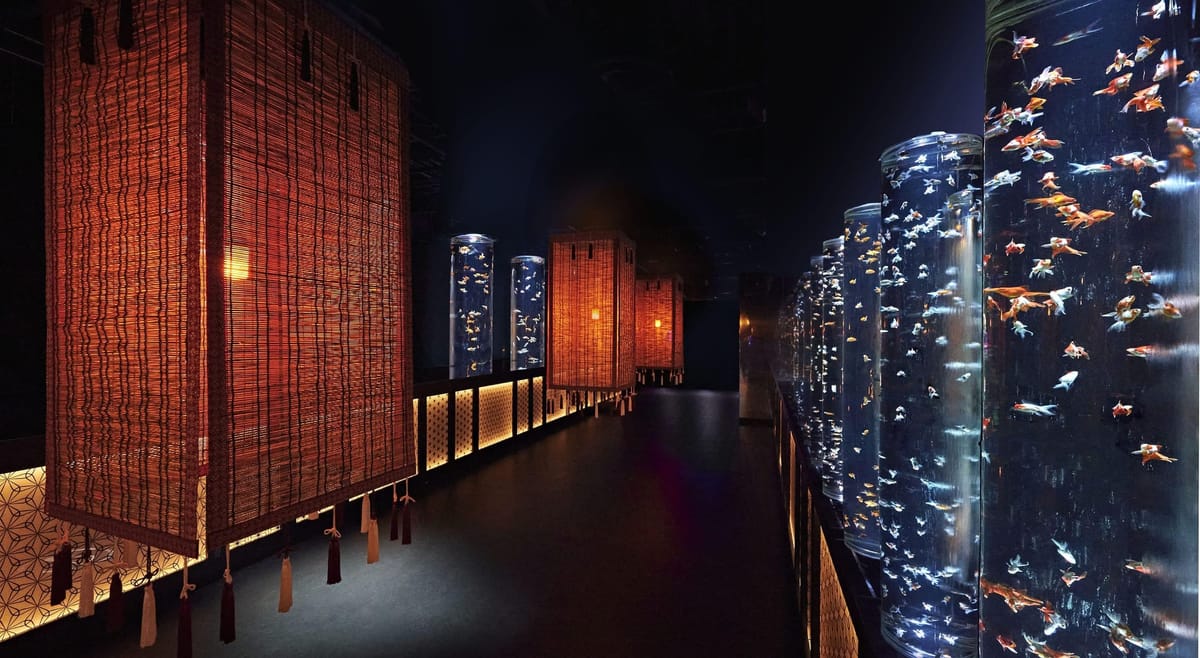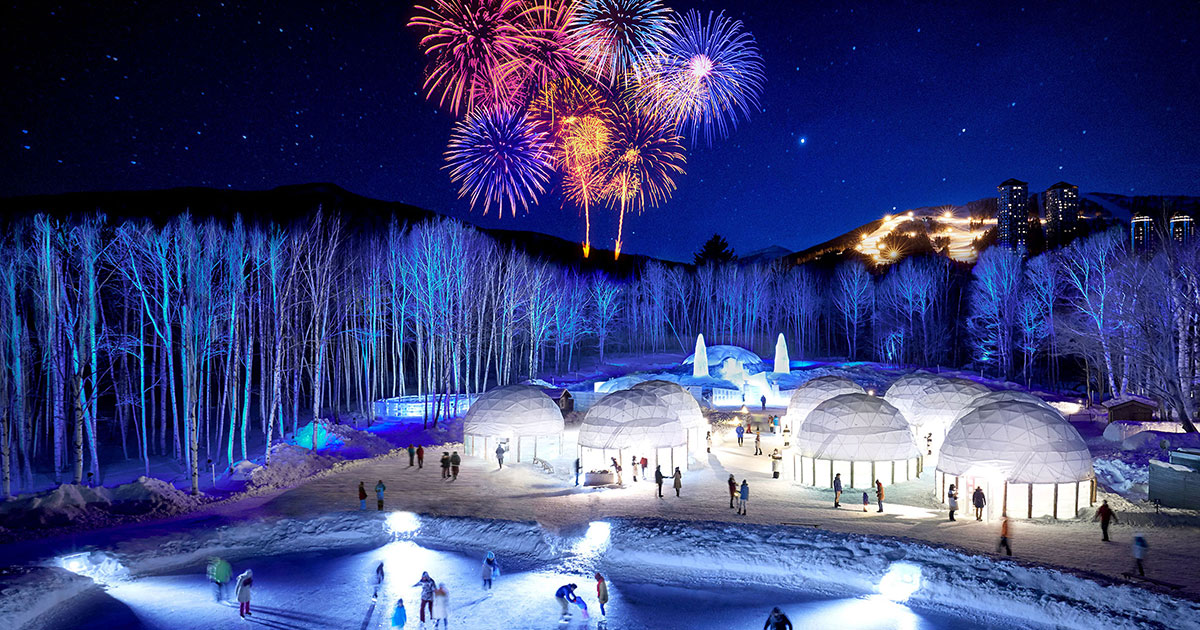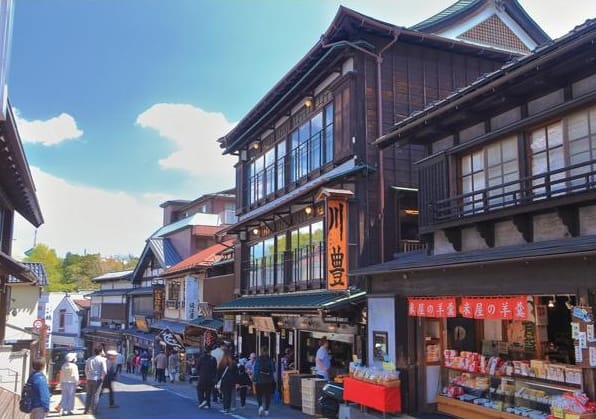Recommendations for art and design places to visit in Tokyo and beyond?
Explore Tokyo's vibrant art scene with unique attractions like ART AQUARIUM, and discover captivating art destinations across Japan!

Question: What are some recommended art and design places to visit in Tokyo and beyond?
When it comes to art and design spots that Japanese people actually enjoy (beyond the usual museum circuit), I’d say a few stand out for their unique, immersive vibes. In Tokyo, I personally love ART AQUARIUM. It’s not your typical aquarium—it’s this mesmerizing blend of art, light, and aquatic life. It feels like stepping into a dream where goldfish are the stars, swimming through elaborate tanks lit with vibrant colors and artistic setups. It’s quite popular here, especially in summer, and it captures a modern take on traditional Japanese aesthetics.
If you’re up for a trip beyond Tokyo, I highly recommend átoa in Kobe. It’s a newer digital art museum with interactive exhibits that feel very cutting-edge but still warm and approachable. It’s a place where locals go to unwind and get inspired without the usual museum quietness.
For something more nature-integrated, ISLAND LUMINA in Nagasaki is fantastic. It’s a nighttime illumination event set in a forest park, combining storytelling, light art, and nature. It feels very Japanese in how it respectfully blends tech and environment.
If you happen to visit in winter and don’t mind the cold, the ICE VILLAGE in Hokkaido is a magical, seasonal experience. It’s like a snow and ice-themed art village with sculptures, an ice bar, and cozy spots. It’s popular with both locals and tourists who want something truly special.

Lastly, the Setouchi Triennale (瀬戸内国際芸術祭) is a massive art festival held every three years across several islands in the Seto Inland Sea region. The next one is in 2025, and it’s a huge deal here. Over 180 artists from 33 countries exhibit more than 200 works on islands like Naoshima, Teshima, and others. It’s not just art—it’s a way of life for locals during the festival, with ferry rides between islands, local food, and community events. Experiencing it feels like immersing yourself in a whole cultural ecosystem.
“What if I only have a day in Tokyo—how much time should I spend at ART AQUARIUM?”
ART AQUARIUM typically takes about 1 to 1.5 hours to fully enjoy without rushing. It’s not huge like a museum, but the lighting and displays invite you to slow down and really soak it in. It’s often held in venues like hotels or event spaces, so it’s easy to combine with nearby dinner or drinks. Tickets usually cost around ¥2,000 (about $14 USD). Evening visits are especially popular because the lighting effects are at their best.
“Can you really interact with the exhibits at átoa in Kobe? And how do I get there?”
Yes, átoa is designed to be hands-on. You can touch, move, and even create parts of the installations, which is why many Japanese young people and families love it. It’s not just looking at art; it’s about playful engagement. To get there, from Kobe station, you can take a short bus or taxi ride (around 10 minutes). Admission is roughly ¥1,500 (~$11 USD). It’s a great alternative if you want something less traditional but very Japanese in its tech-art fusion.
“Is ISLAND LUMINA open year-round? What’s the best time to visit?”
ISLAND LUMINA is a seasonal event, usually running from spring to autumn, but it depends on the year. Since it’s outdoors in a forest park, the spring or autumn evenings are perfect—mild weather and beautiful natural surroundings enhance the experience. Tickets are around ¥3,000 (~$21 USD). Japanese visitors often come for date nights or family outings, enjoying the quiet blend of nature and light art.
“How do I plan for the Setouchi Triennale? Can tourists realistically visit multiple islands?”
Visiting the Setouchi Triennale is like entering a different pace of life. Locals prepare for it years in advance, and many small island communities rely on it economically. The festival runs in multiple periods (spring, summer, autumn) with different exhibits open each time. The 2025 spring session is from April 14 to May 18.
You’ll need to base yourself in places like Takamatsu or Uno port and take ferries to islands such as Naoshima, Teshima, and Shodoshima. Ferry tickets vary but expect around ¥500–1,000 ($3.50–$7 USD) per trip. It’s possible to visit multiple islands in a day, but locals often recommend focusing on one or two to fully enjoy the art and local atmosphere.
Since the installations are spread out, renting a bicycle or taking local buses on the islands is common. The festival is a unique chance to see how art and daily life intertwine in rural Japan, far from the urban hustle.
“Is the ICE VILLAGE in Hokkaido worth it if I’m not into cold weather?”
If you don’t mind the cold, ICE VILLAGE is a surreal experience. It’s a winter-only attraction, usually open from December to February. You’ll find ice sculptures, an ice chapel, and even an ice bar where your drinks come in ice glasses. Locals treat it as a winter festival highlight, often bundled with onsen visits nearby to warm up.
Entry fees vary, typically around ¥2,500 (~$18 USD). If freezing temperatures aren’t your thing, it might be better to enjoy it briefly and then retreat to warm indoor spots. But the artistry and atmosphere are something you won’t find elsewhere.
In Japan, art and design aren’t just for galleries—they’re often part of seasonal events, nature, and community life. These spots I mention give you a peek into how Japanese people experience creativity in everyday and special moments. Whether it’s the playful light of ART AQUARIUM or the island-wide art festival of Setouchi, these experiences go beyond sightseeing—they invite you to feel Japan’s unique cultural rhythm.




Comments ()